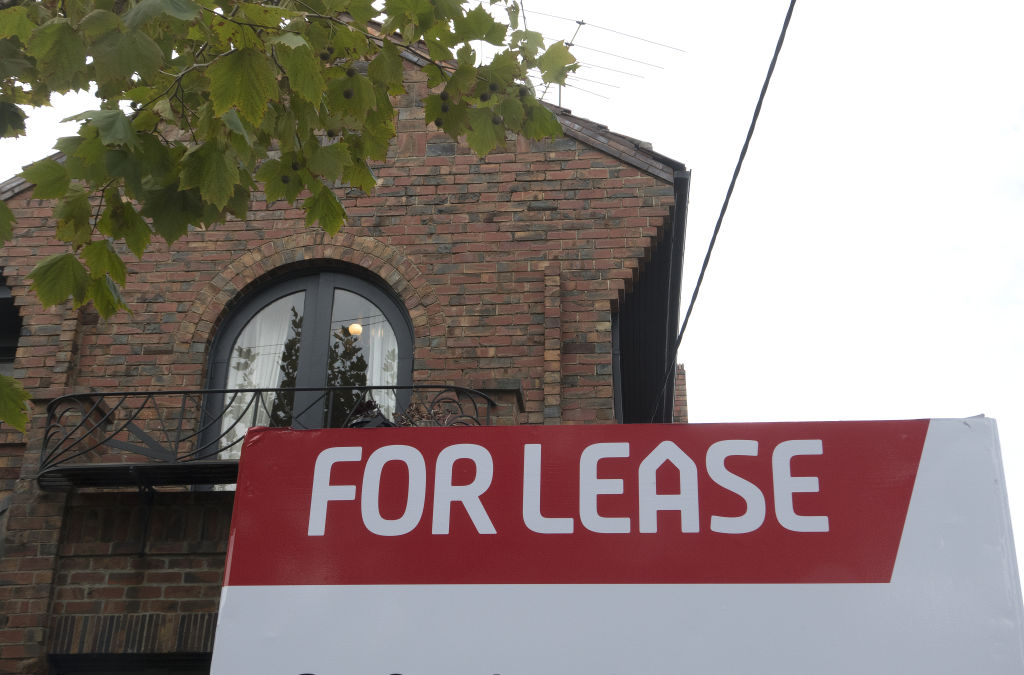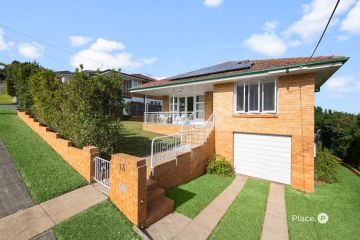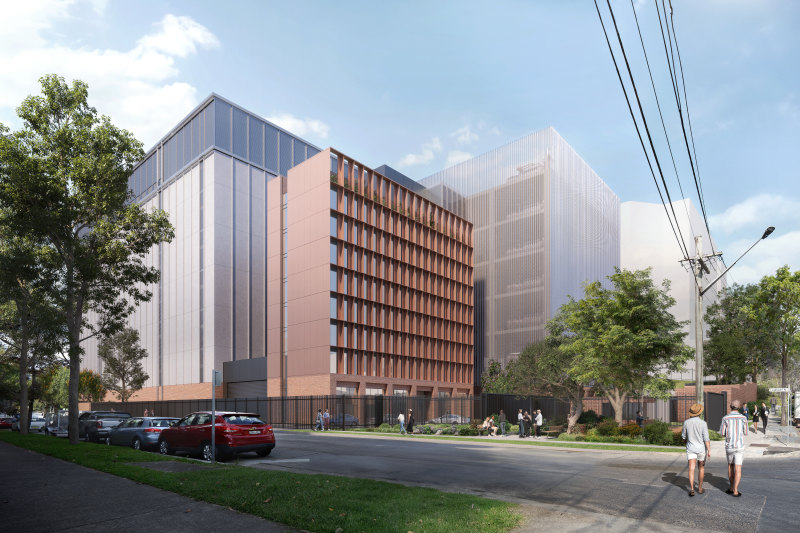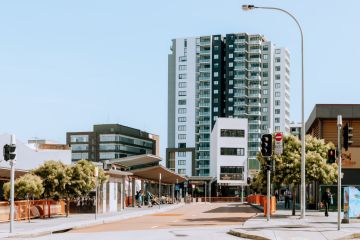How priced-out renters contributed to Australia's house price boom

Renters priced out of buying property have tended to bid aggressively at auctions, which has in part contributed to the recent price boom in Sydney and Melbourne, a Reserve Bank researcher has suggested.
While acknowledging that lending standards and interest rates contributed to the boom, modelling from economist Trent Saunders and senior research manager Peter Tulip, presented as part of a discussion paper at the Economics for Better Policy forum in Melbourne on Monday, indicated that increased population had forced pressure on housing supply, which made rents rise.
This led more renters to buy because the cost associated with a property purchase was more within reach.
Mr Tulip – who was speaking on his own behalf, and not that of the Reserve Bank – said higher immigration numbers since the mid-2000s pushed up house prices. A tighter vacancy rate meant rents increased as more people competed for a rental.
“An extra one million people has had a modest effect on housing supply but a huge effect on demand,” Mr Tulip said in presenting A Model of the Australian Housing Market.

He said priced-out renters intending to purchase would then bid aggressively at auctions, pushing up prices.
“When user costs [home buying-related costs including council rates] are above rental yields, potential home buyers leave the market and they don’t buy or they bid conservatively,” Mr Tulip said.
While renters buying a home had affected house prices, the impact was smaller than those of interest rate cuts, he said.
Mr Tulip and Mr Saunders’ modelling also backed the view that the recently weak market was due for a turnaround, but would only be after a period of falling housing construction and a continuing low vacancy rate.
A market turnaround has widely been touted for late this year or early next year, with recent reports from BIS Oxford Economics, HSBC and Domain economist Trent Wiltshire forecasting a bounce-back.
Mr Tulip and Mr Saunders’ report examined historic and more recent house price data, construction data, rental vacancy data and interest rates and how they influenced the housing market.
Mr Tulip said the data revealed that lower interest rates, particularly since 2011, had helped Australia’s housing market to boom including in cities like Melbourne and Sydney.
“The model suggests that much of the strength in housing process and construction over the past few years can be explained by the fall in interest rates,” Mr Tulip said.
“A one per cent cut in rates can lead to a 3 per cent increase in construction after a year or two.”
Though it was not part of this research paper, Mr Tulip said changes to bank lending criteria by the Australian Prudential and Regulation Authority had also affected house prices, especially in suburbs popular with investors.
Tighter lending criteria meant investors were forced to borrow less, and then pay less for homes. This had affected those house prices by around 10 per cent, he said.
We recommend
States
Capital Cities
Capital Cities - Rentals
Popular Areas
Allhomes
More







